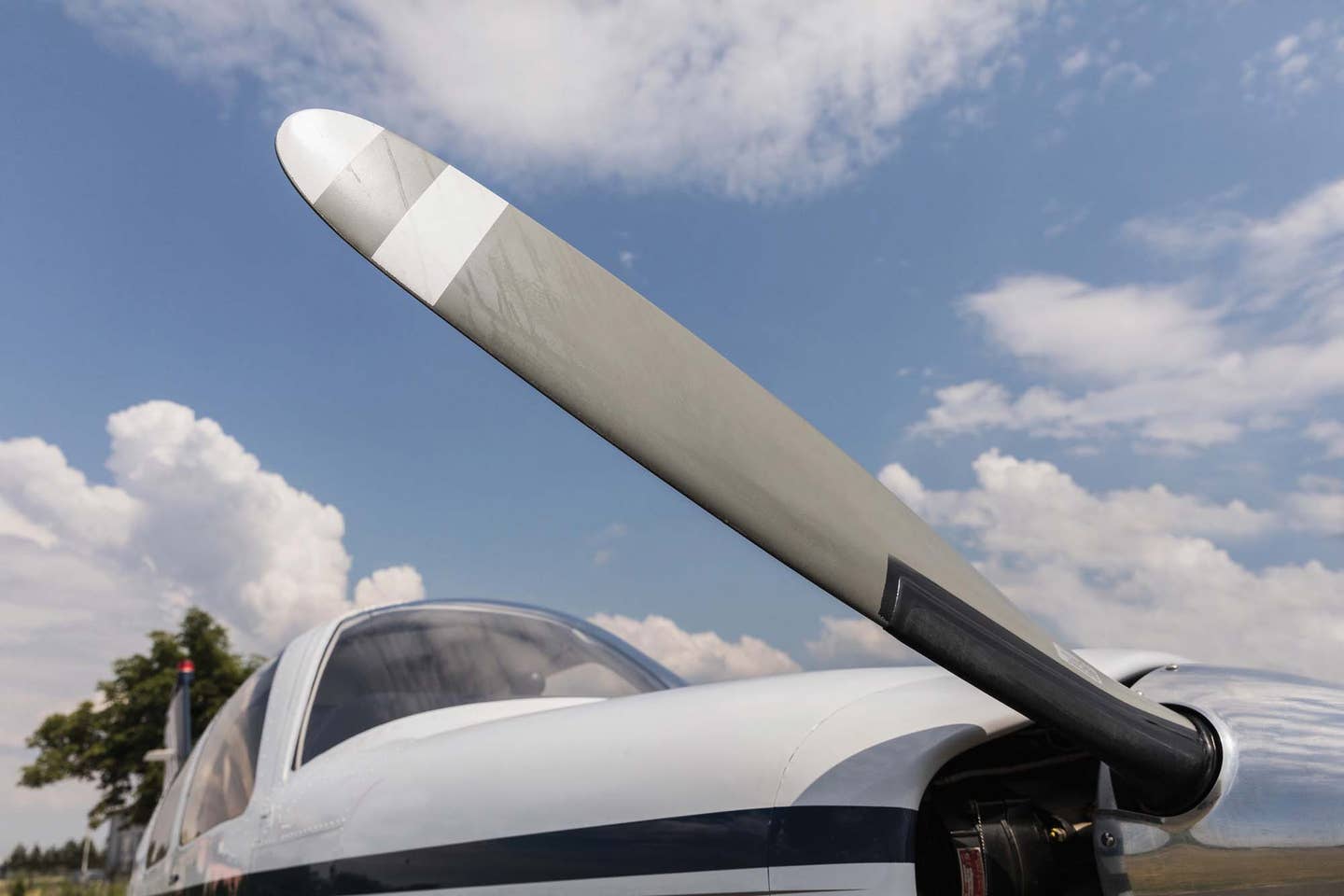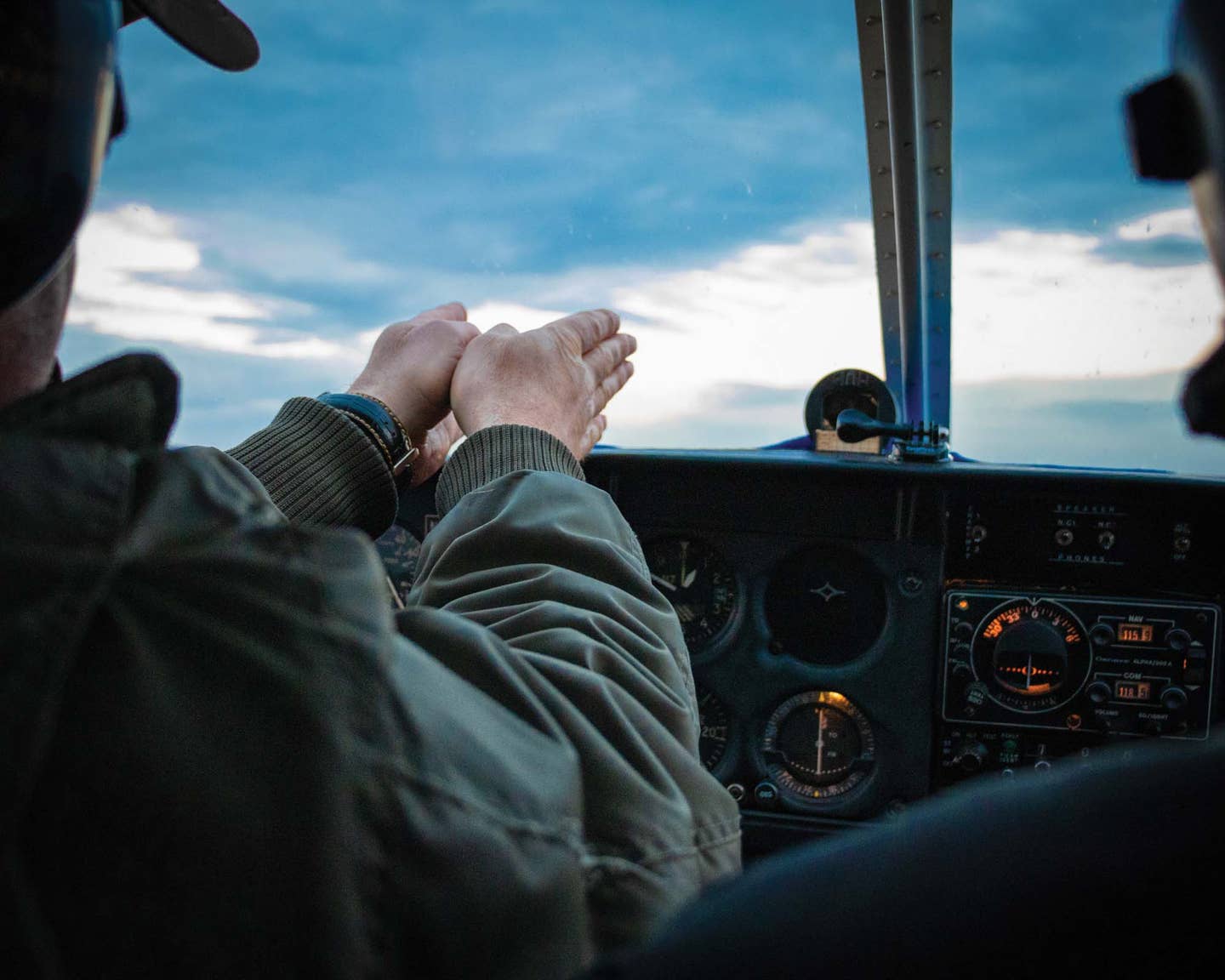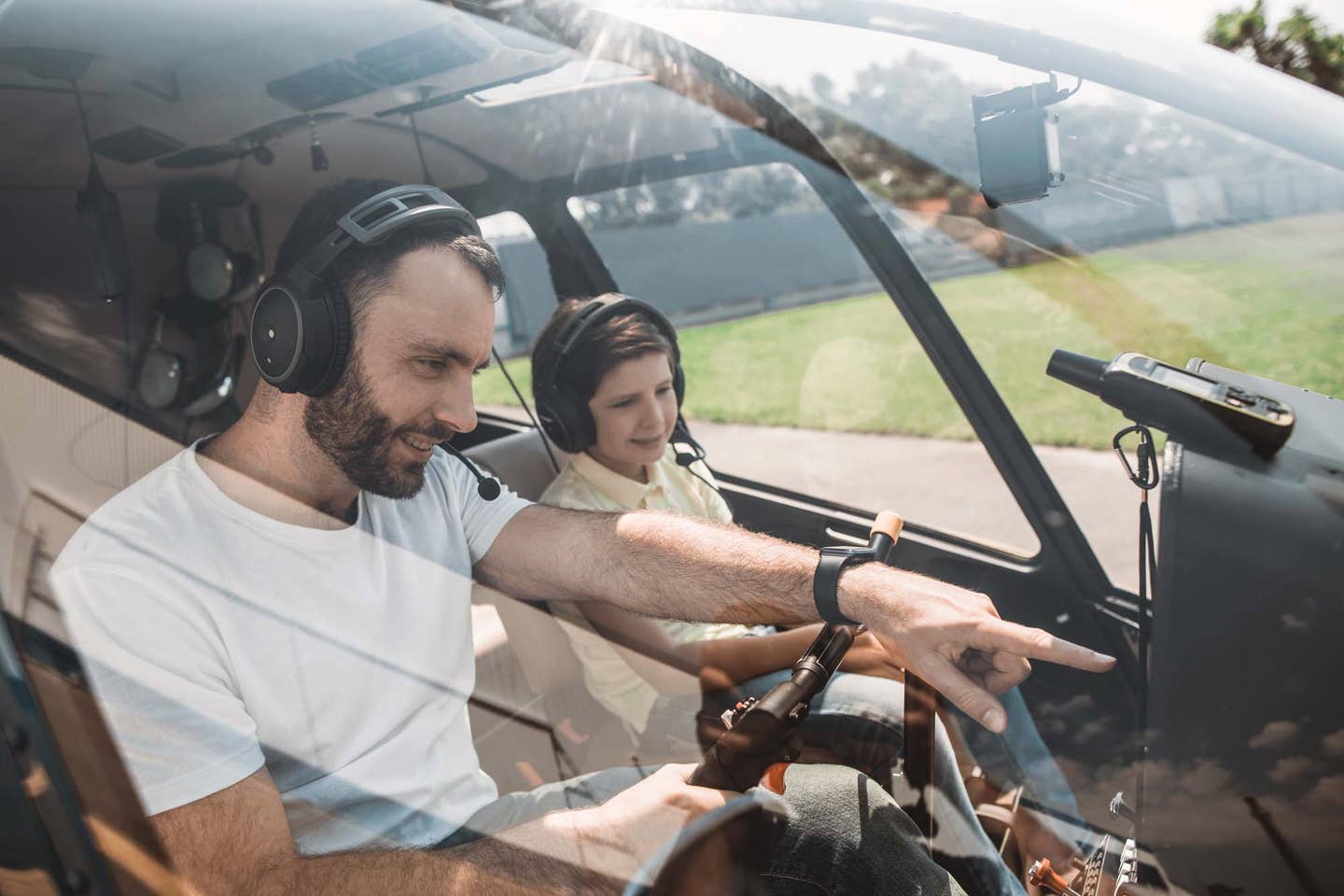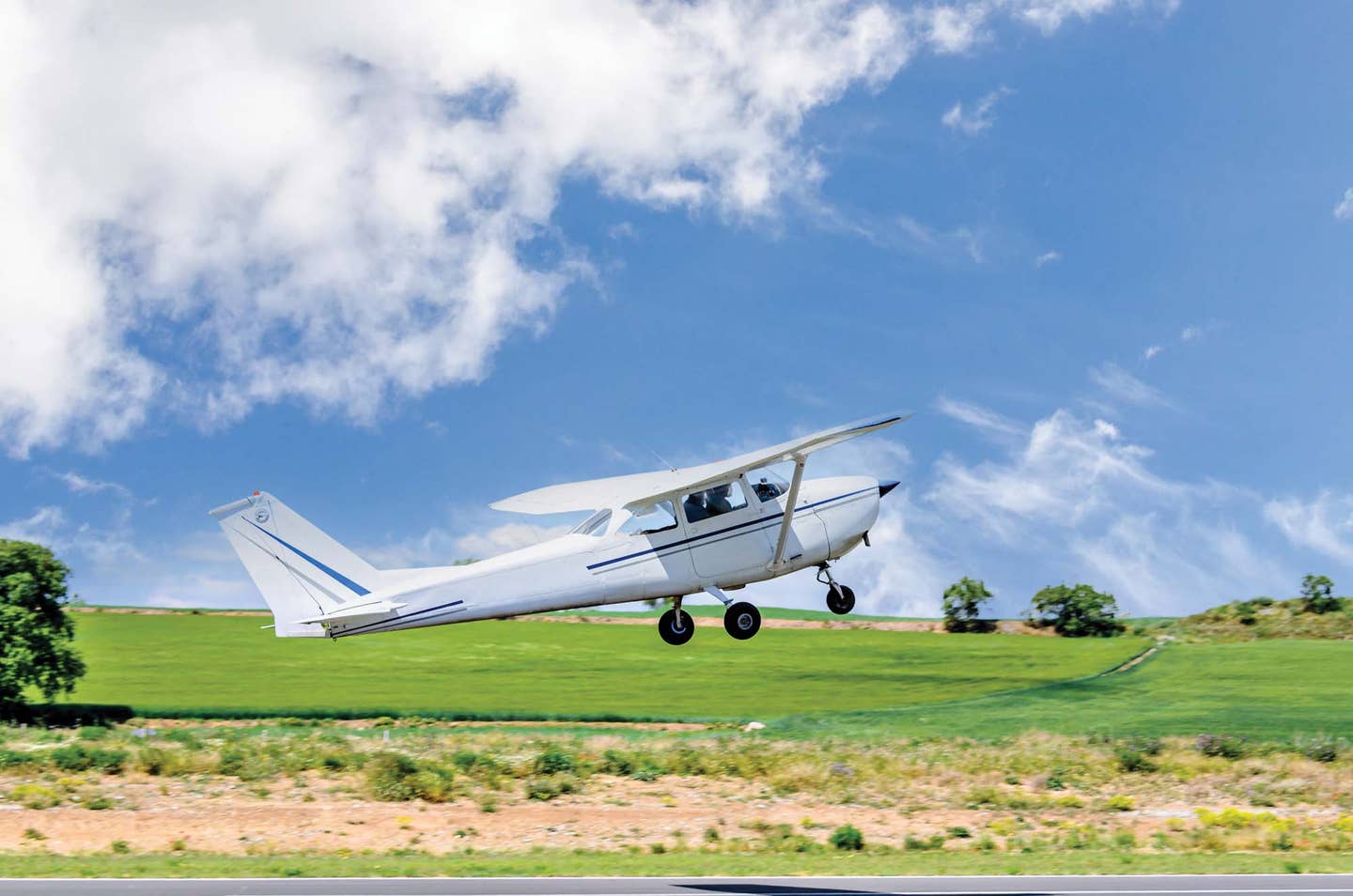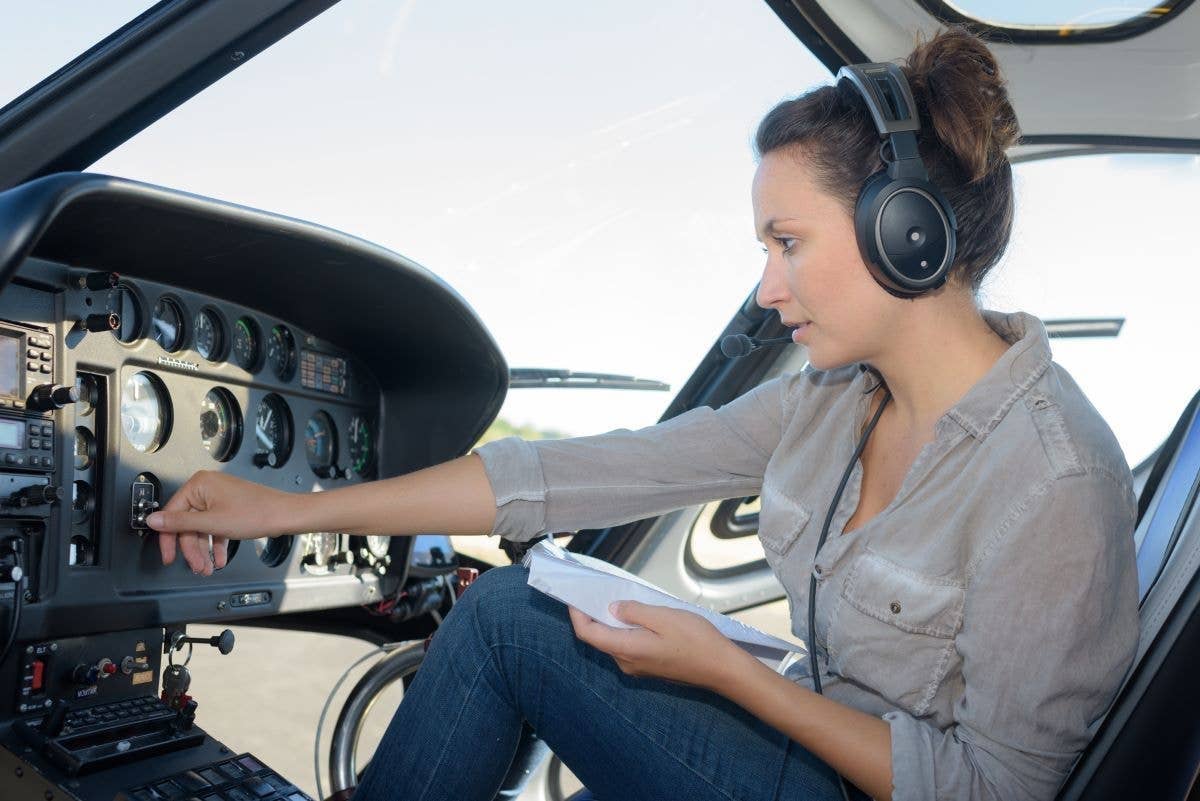How To File A Flight Plan
Filing the flight plan remains a simple process, despite the FAA’s latest best efforts to complicate it. If you dial 1-800-992-7433, a contracted flight service briefer will take your information…
Filing the flight plan remains a simple process, despite the FAA's latest best efforts to complicate it. If you dial 1-800-992-7433, a contracted flight service briefer will take your information and put it in the system for you. If you're sitting at your PC, go to www.1800wxbrief.com, log in and click "briefing and flight plan." If you use any of the popular smartphone briefing applications, there will be a flight plan option in there.
For no justifiable reason, about a year or so ago, the FAA decided to convert from its tried-and-true flight plan form 7233-1 to 7233-4, the ICAO's international flight plan, an arcane format that serves only to frustrate the occasional user. That said, the demands of the ICAO flight plan can be mastered with a little patience and study. Your phone app will store most of the cryptic inputs for the next attempt, so after you do it once, using it the next time is a lot easier.
Beginning with item 7, Aircraft identification, just enter your full N-number; avoid using a company flight designation unless your ADS-B is set up to match. Item 8, flight rules, gets a "V" for a VFR trip, "I" for IFR, and the type of flight will have a "G" for general aviation. For item 9, the number of aircraft is generally "01." Under type of aircraft, the form demands a specific ICAO-acceptable designation; the placement of dashes and prefix lettering can be tricky until you find the right code for your plane. Your wake turbulence category is "L" for "light" unless you're certified to take off at more than 15,500 pounds.
In block 10, equipment, just place an "S" for standard, which means you have at least VHF com and VOR/localizer receiver capability. Skip to item 13, beginning with departure aerodrome, and put in the four-letter airport designation, starting with "K" for contiguous U.S.-lettered airports. "Time" is the four-digit departure time when you expect to take off. It will be replaced by your reported time-off when you activate the flight plan.
Item 15, starting with cruise speed, wants a leading "N" for knots (as opposed to "M" for Mach) and four numbers, like "N0090" for 90 knots. Level means altitude for us lightplane types, so we insert an "A" followed by three numbers for the hundreds of feet, such as "A055" for 5500 feet. The route block can accept a complex set of fixes, but each one must have "DCT" and a space between.
Item 16, destination information, requires the landing aerodrome identifier and your four-digit estimated time en route; not your arrival time, but the hours and minutes you expect to be airborne. Alternate airports are not required for VFR flight plans, which is not to say they shouldn't be given consideration.
Item 19, the supplemental information, needs a four-digit hours-and-minutes of fuel endurance and the number of people on board. The blocks for emergency radios (ELT, etc.), survival equipment, life jackets and dinghies are to be crossed out if none are carried. The aircraft color is generally limited to just one dominant trim paint, and pilot's name is entered at the end of the form, although most flight plan handlers will collect a contact phone number as well.
Fortunately, you can expect some customization by your app or website's filing sequence as it attempts to simplify and default your routine information. If you use Leidos Flight Service at www.1800wxbrief.com, your filing will be swift and easy. The ForeFlight and Garmin Pilot services are also handy, and you are still welcome to call Flight Service at 1-800-992-7433 to get all the live person help you need.

Subscribe to Our Newsletter
Get the latest Plane & Pilot Magazine stories delivered directly to your inbox

